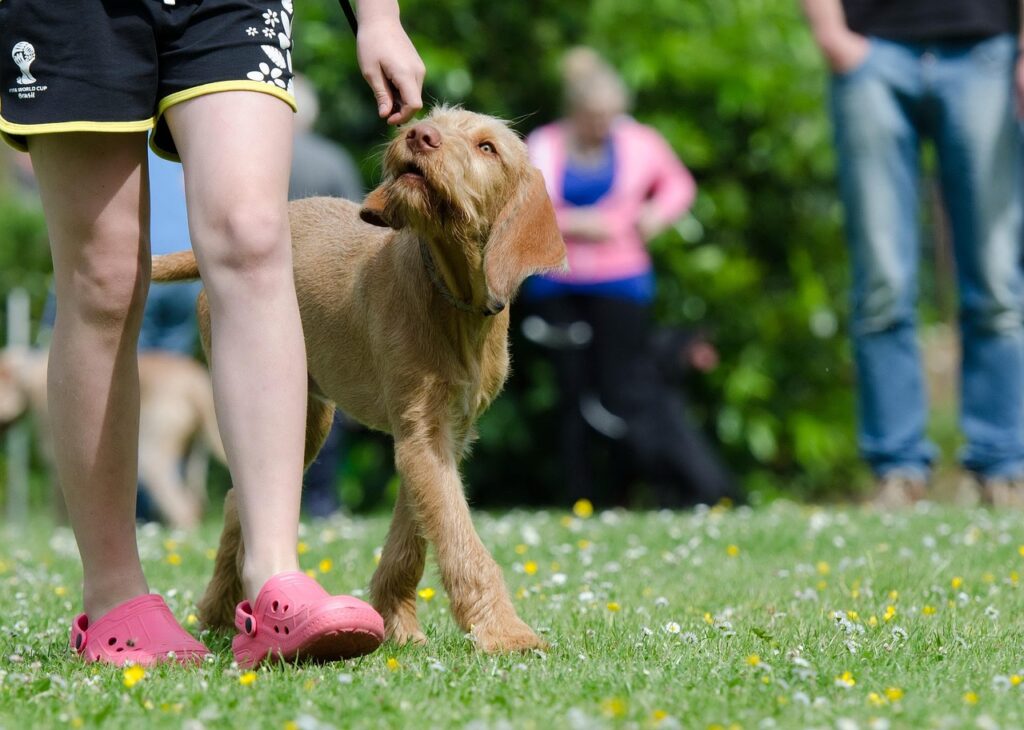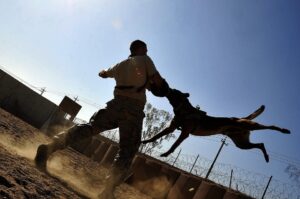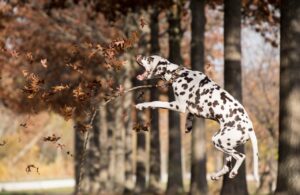
Training a stubborn dog can be a challenging task, but with patience, consistency, and the right techniques, it is possible to transform even the most obstinate canine into a well-behaved companion. Understanding the underlying reasons for a dog’s stubbornness is crucial to developing an effective training strategy. This article delves into various techniques that can help you successfully train your stubborn dog.
Understanding Stubbornness in Dogs
Before diving into training techniques, it’s important to understand what makes a dog stubborn. Stubbornness in dogs often stems from a combination of factors such as breed characteristics, lack of motivation, or previous negative experiences. Some breeds are naturally more independent or strong-willed, which can come across as stubbornness. Additionally, if a dog has not been properly socialized or has had inconsistent training in the past, they may resist following commands.
Breed Characteristics
Certain breeds are renowned for their independence and strong will. Breeds like the Siberian Husky, Dachshund, and Bull Terrier are known for their stubborn nature. Understanding your dog’s breed-specific traits can help tailor your training approach to suit their natural inclinations.
Lack of Motivation
A dog that seems stubborn might simply lack motivation. Unlike humans, dogs are not inherently lazy, but they need a reason to follow commands. Identifying what motivates your dog—a favorite treat, toy, or praise—can be a game-changer in training.
Previous Negative Experiences
Dogs with a history of negative experiences during training may develop resistance to commands. If a dog has been punished harshly or inconsistently trained, they might associate commands with negative outcomes, leading to stubborn behavior.
Effective Training Techniques
To train a stubborn dog successfully, it is essential to adopt techniques that emphasize positive reinforcement, consistency, and patience.
Positive Reinforcement
Positive reinforcement is one of the most effective training techniques for any dog, especially a stubborn one. This method involves rewarding desired behavior to increase the likelihood of it being repeated. Rewards can be in the form of treats, praise, or playtime.
- Start with simple commands like “sit” or “stay” and reward your dog immediately when they comply.
- Gradually increase the complexity of the commands as your dog becomes more responsive.
- Ensure that the rewards are something your dog truly values to maintain their motivation.
Consistency is Key
Consistency in training is crucial for a stubborn dog. Dogs thrive on routine and predictability, and inconsistent commands or expectations can confuse them.
- Use the same command words and gestures each time you train your dog.
- Ensure that all family members are on the same page regarding training techniques and commands.
- Regularly practice commands in various environments to reinforce learning.
Patience and Persistence
Training a stubborn dog requires a great deal of patience. Progress may be slow, but persistence will pay off in the long run.
- Set realistic goals for each training session and be prepared for setbacks.
- Avoid showing frustration or anger, as this can hinder the training process.
- Celebrate small victories and gradually build upon them.
Advanced Techniques for Stubborn Dogs
Once basic obedience is established, it may be necessary to employ more advanced techniques to address specific stubborn behaviors.
Clicker Training
Clicker training is a popular method that can be particularly effective for stubborn dogs. This technique uses a clicker—a small device that makes a clicking sound—to mark desired behavior, immediately followed by a reward.
- Begin by associating the click sound with a treat, so your dog learns to anticipate a reward when they hear the click.
- Use the clicker to mark precise moments of good behavior, which helps reinforce the action.
- Gradually phase out the clicker once the behavior is consistently demonstrated.
Shaping and Targeting
Shaping and targeting involve breaking down complex behaviors into smaller, manageable steps. This method is useful for stubborn dogs that struggle with more intricate commands.
- Identify the final behavior you want to achieve and break it down into small stages.
- Reward your dog for each successive step towards the final behavior.
- Be patient and allow your dog to progress at their own pace.
Time-Outs
For some stubborn dogs, time-outs can be an effective way to address unwanted behaviors. This technique involves temporarily removing the dog from a situation where they are misbehaving.
- Identify behaviors that warrant a time-out, such as excessive barking or jumping.
- Calmly lead your dog to a designated time-out area, such as a quiet room or a crate, for a short period.
- Once the time-out is over, allow your dog to rejoin the activity and reinforce positive behavior.
Common Mistakes to Avoid
When training a stubborn dog, it’s important to steer clear of common mistakes that can hinder progress.
Inconsistent Training
Inconsistency is one of the biggest obstacles to successful training. Mixed signals or sporadic training sessions can confuse your dog and make it difficult for them to learn.
Using Punishment
Punishment-based training methods can be detrimental to a dog’s learning process, especially for stubborn dogs. These methods can create fear and anxiety, leading to a breakdown in communication between you and your dog.
Expecting Immediate Results
Training a stubborn dog is a journey that requires time and effort. Expecting immediate results can lead to frustration and impatience, which can negatively impact training.
Conclusion
Training a stubborn dog successfully requires a blend of understanding, patience, and the right techniques. By employing positive reinforcement, maintaining consistency, and practicing patience, owners can overcome the challenges of training a stubborn dog. Advanced techniques like clicker training, shaping, and time-outs can further aid in addressing specific behaviors. Ultimately, the bond between you and your dog will strengthen as you work through training challenges together, resulting in a well-behaved and happy canine companion.
#ChatGPT assisted in the creation of this article.






